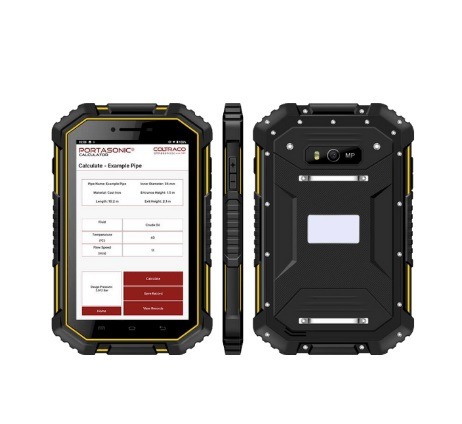Ultrasonic flow meters have become increasingly popular in the industrial and commercial market due to their ability to accurately measure fluid flow. This technology is used to measure the velocity and direction of liquids and gases, making it an invaluable tool for a variety of applications. In this article, we will discuss the principles behind ultrasonic flow meters and explore some of the common uses of this technology. By the end of this article, you should have a good understanding of the principles and applications of ultrasonic flow meters, enabling you to make an informed decision when selecting a meter for your needs.
An ultrasonic flow meter is a device that uses sound waves to measure the velocity of a liquid or a gas. The device works by emitting sound waves into the flow and then measuring the time it takes for the sound waves to travel through the flow. This time is then used to calculate the velocity of the flow. Ultrasonic flow meters are used in a variety of industries and commercial applications, making them an invaluable tool for measuring fluid flow.
Ultrasonic flow meters are composed of two main components: a transducer and a receiver. The transducer emits sound waves into the flow, and the receiver measures the time it takes for the sound waves to travel through the flow. This time is then used to calculate the velocity of the flow. Ultrasonic flow meters are used in a variety of industries and commercial applications, making them an invaluable tool for measuring fluid flow.
There are three main types of ultrasonic flow meters: transit-time, Doppler, andCoriolis. Transit-time flow meters measure the time it takes for a sound wave to travel a certain distance in the flow, while Doppler flow meters measure the frequency shift of the sound wave as it travels through the flow. Coriolis flow meters measure the Coriolis force generated by the flow of the liquid or gas. Each type of ultrasonic flow meter has its own advantages and disadvantages, and it is important to understand which type is best suited for your application before choosing a meter.
Ultrasonic flow meters rely on the principles of sound propagation to measure the velocity of a liquid or gas. The basic principle behind ultrasonic flow measurement is that sound waves travel faster in a liquid or gas than in air. By measuring the time it takes for the sound wave to travel a certain distance in the flow, the velocity of the flow can be calculated.
A. Measurement Technology
Ultrasonic flow meters use two main types of measurement technology: transit-time and Doppler. Transit-time flow meters measure the time it takes for a sound wave to travel a certain distance in the flow, while Doppler flow meters measure the frequency shift of the sound wave as it travels through the flow.
B. Ultrasonic Velocity Profiling
Ultrasonic velocity profiling is a technique used to measure the velocity of a fluid flow in multiple directions. This technique uses multiple transducers that emit sound waves in different directions, and the time it takes for the sound waves to travel a certain distance in the flow is used to calculate the velocity of the flow in each direction. Ultrasonic velocity profiling is commonly used in the oil and gas industry to measure the flow of fluids in complex pipelines.

